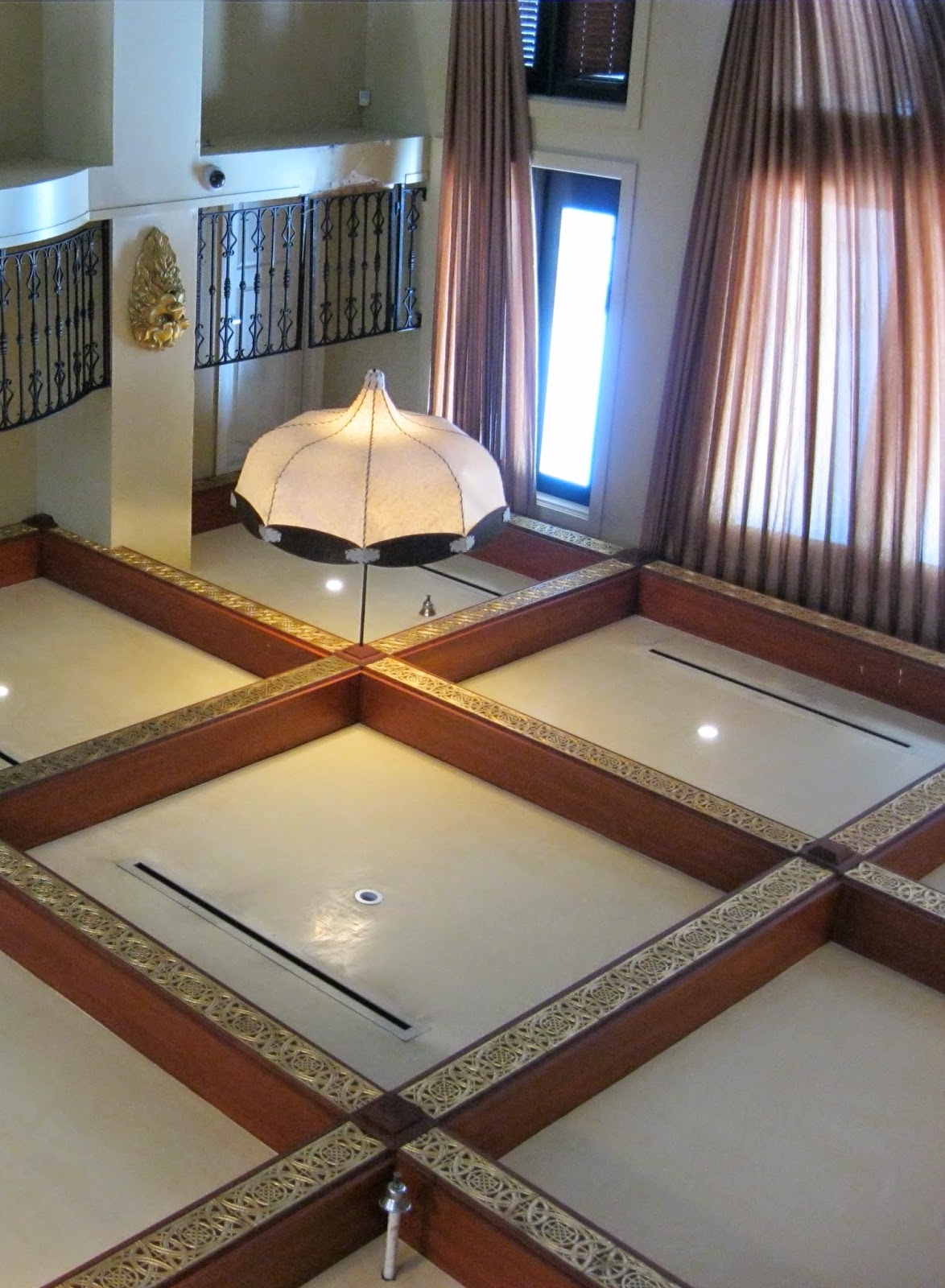Vancouver Art Gallery – Offsite
When I think of terracotta, I think of
strength: tiles of stability, roofs of protection, statues of preservation, and
warriors of the afterlife. It can hold its own against the elements and
withstand almost any form of manipulation, but it is weak in the face of
gravity.
Like terracotta, we humans can attest to
possessing a similar paradox. During stressful bouts, even the strongest can shatter.
Babak Golkar’s current installation at
Offsite investigates this relationship between composure and vulnerability.
Situated in Vancouver’s business district, Golkar invites the public to release
their emotions into five terracotta vessels that have been designed to contain
a scream. Surrounded by high-rise office towers and high-end business centres
that house high-levels of stress, I could not imagine a more appropriate
location for this installation.
With all of the pressures of senior year
weighing me down, I could not wait to let it all go, yet when I arrived at the
tranquil scene, I experienced quite a bit of hesitation. Each vessel was
propped up on a stack of sandbags that were surrounded by a thin layer of
water, creating a peaceful setting I did not want to disrupt. Although cars
were whizzing by and snippets of overheard conversations polluted the air, everything
just felt too quiet!
After having timidly stood at the edge of
the site staring at the vessels for some time, I worked up the courage to let
my lungs have their way. I stuck my head in and...AHHHHHhhhhhhhhhhh!???
It was awkward. I was expecting the roar of
a lion, but instead I released the peep of a mouse. Why was this so difficult?
To put things into perspective, if you were
to look up the antonym for “rebel”, my name would yield the first result. I was
that kid in kinder-garden who was
awarded the gold stars for never speaking out of turn and whispering in the
library, and although I have certainly relaxed over the years, my goody-two-shoes
character hasn’t shed completely. That being said, even when given permission
to yell to my heart’s content, I was rather tentative.
Having been taught to use my “inside voice”
through all of my childhood, I (un)learned a valuable lesson in social
etiquette through Golkar’s piece: being fragile takes a fair bit of strength. By
pushing the public to find comfort in the uncomfortable, Golkar has created a
transparent form of therapy that leaves participants with an enlightened sense
of self.
With my head emerged in the terracotta
mouth, I stood in silence and allowed the external sounds to echo in the
chamber. My breathing was amplified by the shape of the vessel, creating an
ambient arrangement of inhales, exhales, and muffled city sounds. It was an
overwhelming feeling of being entirely surrounded by yourself that cannot
exactly be described, only experienced.
One
of the things that really stood out to me about Golkar’s piece was the use of
sound. I was really interested in how the sounds of the surrounding city became
fused with the quiet thoughts inside my head while my face was buried in the
vessel. The meditative quality of this experience served as inspiration for my
exploratory piece. The following clip is comprised of a series of sounds
collected from my bedroom, a place where I do a lot of my thinking.
During
stressful times I often retreat into silence, creating a heightened sensitivity
to noise. Sometimes even the tiniest rustle seems amplified, which can be REALLY
distracting when I am trying to focus on something. But on the other hand, by
allowing myself to be completely aware of surrounding sounds, I am able to mute
my thoughts and in turn, let go of whatever is on my mind.















